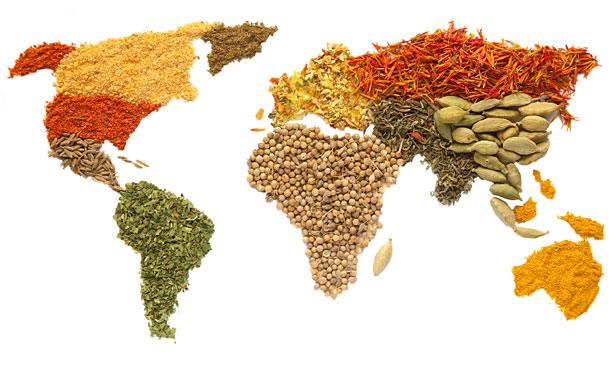
Last year I published Food Rules, a short book offering 64 rules for eating well. Food Rules struck a chord with many people, who found that it helped them navigate what has become a treacherous food environment, whether in the supermarket or restaurant. Many of the rules were submitted by readers, and since publication I have received a number of excellent new ones. So I’ve decided to publish an expanded edition, with additional rules and also illustrations, which the painter Maira Kalman has agreed to create.
The premise of Food Rules is that culture has much to teach us about how to choose, prepare, and eat food and that this wisdom is worth collecting and preserving before it disappears. In recent years, we’ve deferred to the voices of science and industry when it comes to eating, yet often their advice has served us poorly, or has merely confirmed the wisdom of our grandmothers after the fact. “Eat your colors,” an Australian reader’s grandmother used to tell her; now we hear the same advice from nutritionists, citing the value of including in the diet as many different phytochemicals as possible.
I’ve also found that many ethnic traditions have their own memorable expressions for what amounts to the same recommendation. Many cultures, for examples, have grappled with the problem of food abundance and come up with different ways of proposing we stop eating before we’re completely full: the Japanese say “hara hachi bu” (“Eat until you are 4/5 full”); Germans advise eaters to “tie off the sack before it’s full.” And the prophet Mohammed recommended that a full belly should contain one-third food, one-third drink, and one-third air. My own Russian-Jewish grandfather used to say at the end of every meal, “I always like to leave the table a little bit hungry.”
Many rules reach across cultures and also time, but some of the ones readers have submitted are specifically about navigating the modern food landscape: “It’s not food if it comes to you through the window of a car.” “Don’t eat at any restaurant of which there is more than just one.” “A snack is not the same thing as treat.” “If a bug won’t eat it, why would you?” and so on.
Will you send me a food rule you have found memorable and useful? Perhaps one passed down by your parents or grandparents? Or something you’ve come up with to tell your children — or your self?
Please send your suggestions to pollan.foodrules@gmail.com.
I will include the best ones in the next edition of Food Rules, which will be published next fall and will be pleased to acknowledge your contribution if you so wish.
Thanks in advance for your attention and help.



